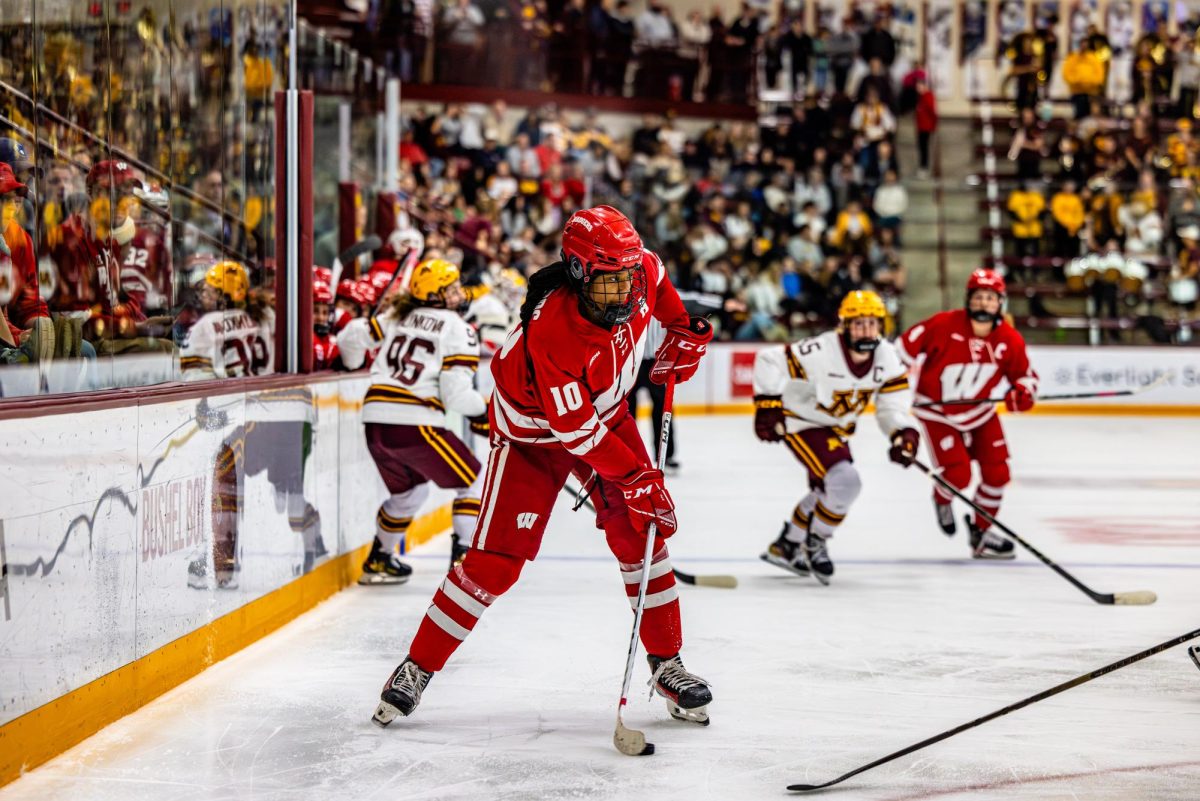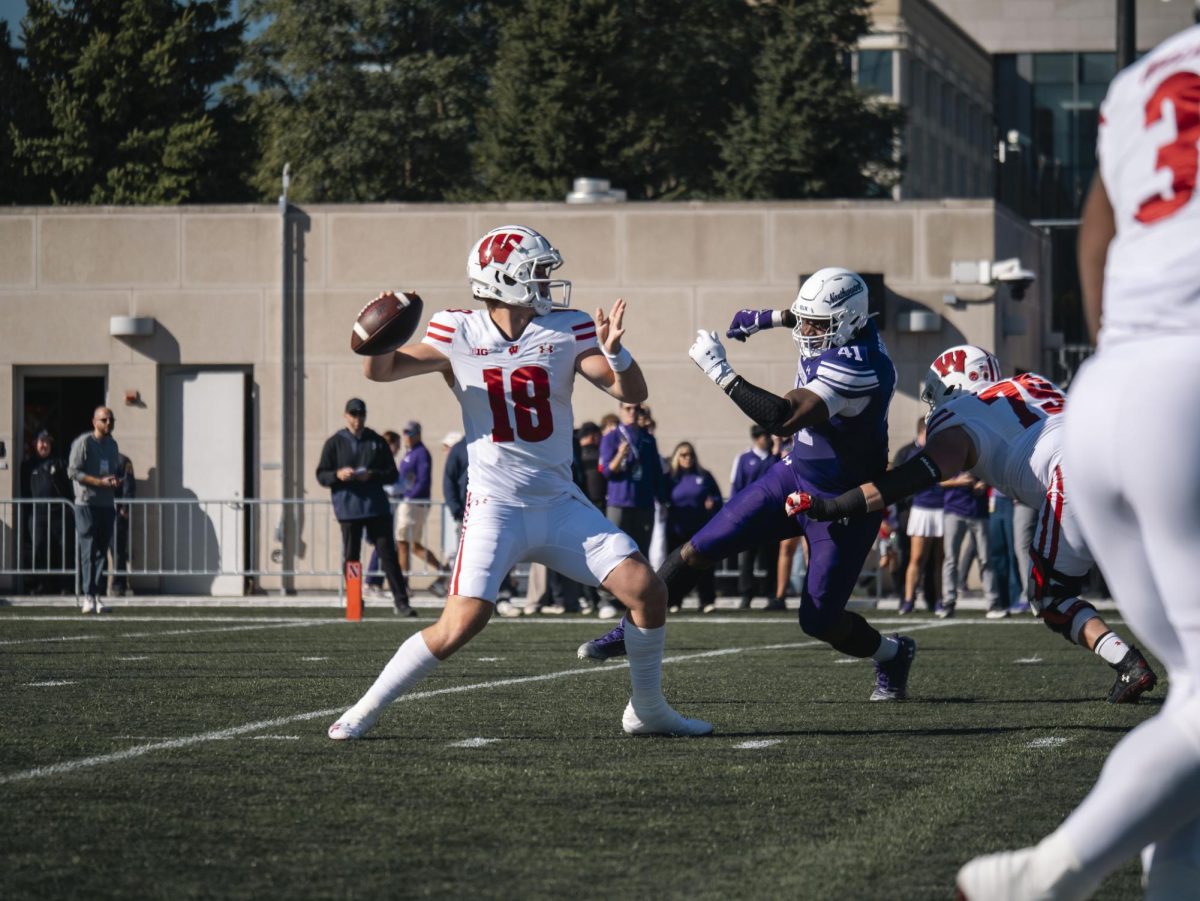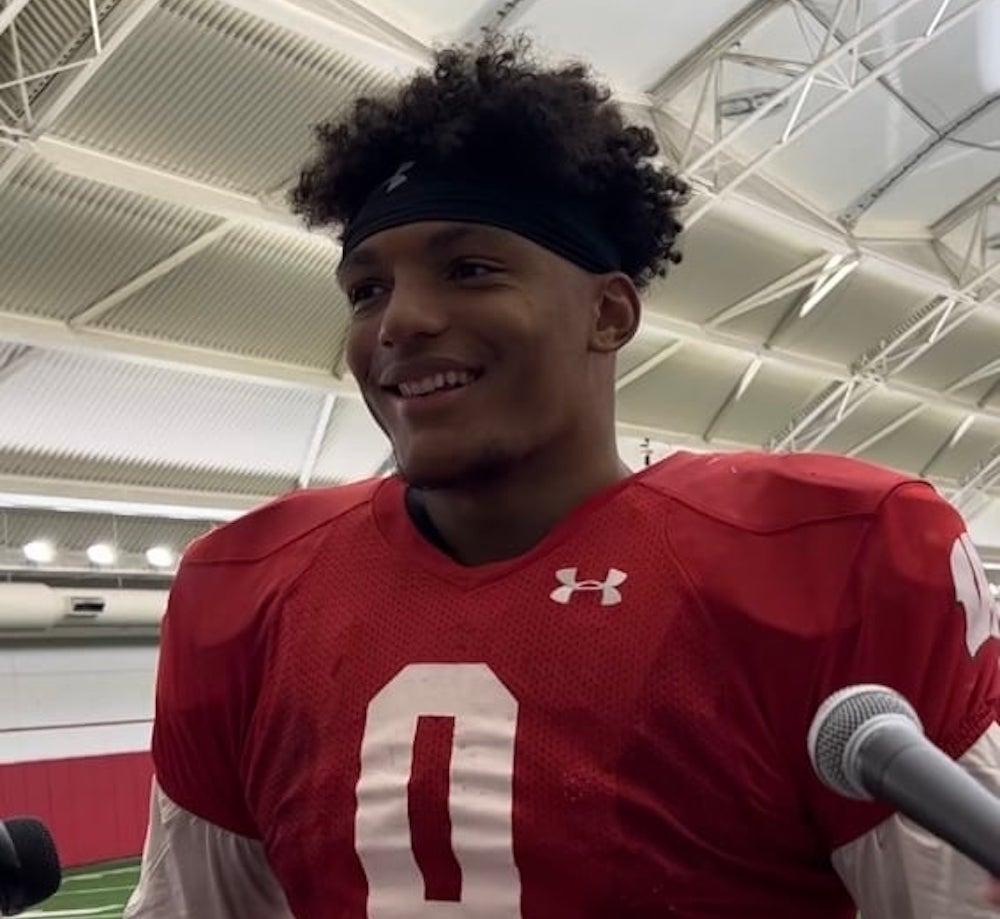Last Thursday’s matchup between No. 1 Duke and No. 3 Maryland was expected to expose the flaws of two of the ACC’s — and the nation’s — premier teams. Instead, fans and viewers were treated to nearly flawless basketball for 30 minutes, at which point the Blue Devils pulled away to catch their rivals at first place in the conference. The Terrapins gave Mike Krzyzewski’s team its best shot and still lost by 21.
So the defending champs must be unbeatable, right?
Not exactly. Two weeks ago, Duke was knocked off by Florida State, a team with losses to Northwestern, Western Carolina, and American University. That Sunday ended a weekend that saw all four remaining unbeatens (Miami, Oklahoma State, Virginia and the Blue Devils) lose and a remarkable 11 top-25 teams upset by non-ranked opponents. Since then, each previously undefeated team but Duke has lost a second game.
With the Maryland game, and after a Kansas (which had taken over Duke’s top spot in the AP poll) loss, the Blue Devils reasserted themselves as the nation’s team to beat.
But the distasteful loss to the Seminoles proves they are vulnerable. In that game, the Blue Devils killed themselves with free throws. Jason Williams, so clutch in an important win over Kentucky in late December, missed a last-second shot that would have won it and went 0-6 from the line late in the game, including clanging four in the final minute. Duke was just 7-19 as a team, but Krzyzewski’s disciplined crew averages almost 70 percent on the season, so foul shots are not the Hall of Fame coach’s primary concern.
“We have a lot of work to do before we’re some great basketball team,” Krzyzewski said. “We’re not one right now.” For instance, the Terrapins outrebounded Duke 39 to 27 and held its bench to just nine points. The Blue Devils took advantage of 21 Maryland turnovers, capitalized on 81 percent free throws and shot a blistering 52 percent from the field. But, as experts repeated frequently before last March’s NCAA Tournament, if Duke’s shooting goes cold they lack enough presence to bang inside — especially with a team like Maryland.
As a result, the rematch in Cole Field House on Feb. 17 should be interesting, but the Terps have problems of their own. “We didn’t score. It’s that simple, but it’s true,” Maryland coach Gary Williams said after the game. “We couldn’t score in the second half and our energy wasn’t as good, and you pay for it here.”
Maryland’s scoring did not hold up mostly because its shooting fell apart. The team shot just 36 percent for the half; as the Terrapins’ accuracy goes, so go the Terrapins. Averaging almost 50 percent from the field in wins, Maryland had shot a poor 39.1 percent in its losses prior to Duke. And then came the famous second-half collapse.
The meltdown and the 21 turnovers mirrored Maryland’s last loss, Dec. 21 at Oklahoma when the then-No. 2 Terps fumbled awkwardly in the second half against the Sooners’ scrambling defense. In the meanwhile, OU has climbed near the top of the polls and set off arguments about whether this year’s bunch are the best Sooners ever.
“I was extremely impressed watching their Maryland game,” said Kansas coach Roy Williams. “I don’t want to say they made it look easy, but they made it look easy.”
But the Jayhawks proved no easy task for Oklahoma, handing OU its first loss in 13 games Saturday. Drew Gooden led the way in a 30-8 run to start the second half that sent the Sooners into a hole they were unable to escape. But other than that eight-minute streak, Oklahoma looked generally like the top team it had been for its first four Big 12 games. Hollis Price controls the court like no one else in the conference, and Aaron McGhee and Ebi Ere contribute a big chunk of the points OU needs to back up Kelvin Sampson’s superb defensive sets.
The smothering scheme held Nebraska to 16-65 shooting three days earlier, but the Kansas run proved too much. Sampson said before the game his team’s temperament impressed him, but Price and company appeared to lose composure against the powerful scoring of Kansas, which has won its Big 12 games by an average of 19 points.
Just a week ago, however, the Jayhawks’ streak of double-digit success ended as KU was beaten badly by a UCLA team which lost to cross-town USC just two days earlier. The Trojans dominated the boards against Steve Lavin’s team, but the Bruins outhustled Kansas and carved a 34-29 rebounding edge underneath.
Kansas, producers of NBA big men Paul Pierce, Scott Pollard and Raef LaFrentz among others, has become, like Oklahoma, a small-ball team run by guards Gooden, Kirk Hinrich and Jeff Boschee. The Jayhawks’ reliance on outside shooting backfired in a surprising early-season loss to Ball State and killed them against UCLA’s half-court spreads.
The Kansas win made UCLA the Pac-10’s most recognizable contender, but the Bruins, who also lost to Ball State in Hawaii and fell to Pepperdine at home, have a tendency to play to the level of their opponents. They also struggle against running teams, as evidenced by the recent 10-point loss to Arizona.
“In the break we don’t usually execute,” said UCLA coach Steve Lavin. “We’re more of a grinder team. We need to get five or six touches on the ball and play inside out, get ball reversal and get our big guys to the foul line; otherwise we’re not very effective at playing resource basketball.”
The matchup favored the Wildcats in this case, but Lavin pointed out that Oregon had the speed to keep up, and so handed Arizona two early conference losses. “Oregon was really able to do some real simple things like playing real well defensively,” Lavin said. “They really dominated some basic areas of the game like defensive pressure.”
So youth and inexperience may, after all, be catching up to a team that lost four starters to the NBA before shocking most of the country with its hot start.
Nevertheless, with Arizona, as well as UCLA, USC, Stanford and surprising Oregon, the Pac-10 may be turning into the conference with the most solid field come Final Four time, which the teams have a chance to gear up for with the newly established Pac-10 Tournament.
The Big Ten, despite featuring five of the past 12 Final Four representatives, seems to have no dominant team. Favorites Iowa and Illinois have each dropped conference games to lesser teams, while first-place Indiana struggled mightily in non-conference, shooting horribly in a 14-point loss to SEC member Kentucky. The Big East’s best hope, with conference-leading Connecticut featuring a single quality win, is Syracuse, which has been known to fall behind early in games it should win.
Meanwhile, UK dropped its first two SEC games after representing well against Duke. Even Florida, which leads that conference and was rolling with 14 straight wins, fell at home to Georgia Jan. 19.
“We just did not play well,” said Florida coach Billy Donovan. “When you don’t make shots, it can deflate you a little bit. We didn’t make shots tonight because our shot selection wasn’t great. We just struggled.”
The Gators, with their similar style, have many of the same weaknesses as Duke, and a poor shooting night like Georgia provided could take them out of it. But, sharing many of the same strengths as well, Florida is still considered one of the few teams capable of defeating the Blue Devils in March. Until then, all the schools hoping for a deep tournament run need to learn quickly from their setbacks in January and those that are certain to come in February.







